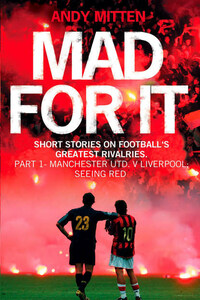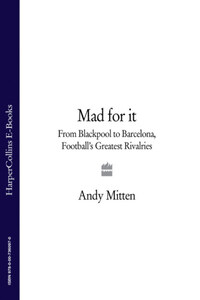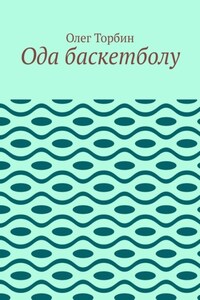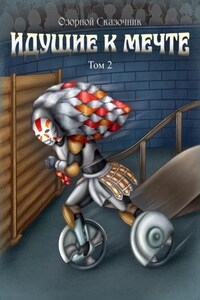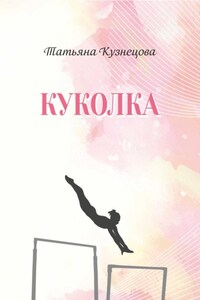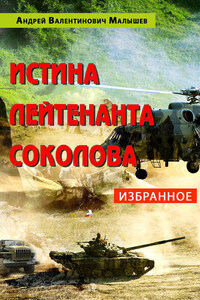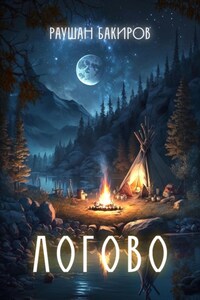Seeing Red Liverpool v Manchester United, March 2007
One of the most eagerly-awaited games of the season, between two teams whose cultural influence extends far beyond their city boundaries.
My head feels like itâs going to explode. Barely ten yards in front of me, John OâShea is wheeling away in celebration and the stunned Scouse silence means the joyous screams of the Manchester United players are audible. Weâve beaten arch-rivals Liverpool in dramatic and, many will say, undeserved circumstances: one-nil, at Anfield, with a killer late goal after defending for much of the game. As a result, weâre now twelve points clear in the race for a Premiership title most fans considered out of reach last August.
As the players shout at lung-bursting volume and frenziedly hug each other, I have to contain the euphoria of this perfect, body-tingling buzz, not showing the slightest sign of pleasure. Iâm standing on the Kop, a lone Mancunian in a mass of 12,000 fuming Liverpool fans.
After glancing one last time at the ecstatic United players and 3,000 delirious travelling fans in the Anfield Road stand, I jog back to the car through the streets of dilapidated and boarded-up Victorian terraces which surround Anfield. Past pubs, the ones closest to the ground teeming with fans from Bergen and Basingstoke with their painted faces, jester hats, and replica kits. It reminds me of Old Trafford. Finally, in the relative safety of the car I let my emotions go and punch the air repeatedly, before looking out to see a man staring at me from his front room window. He raises his two fingers. Itâs no âVâ for victory and I donât need assistance from a lip reader to know what heâs saying. Itâs time to get on the East Lancashire Road and back to Manchester.
SIX CLASSIC GAMES
United 3 Liverpool 4
League, February 1910
Unitedâs new Old Trafford home, resplendent with an 80,000 capacity, earned the club the âMoneybags Unitedâ tag. The stadiumâs grand opening was going well as United led 3â1 after seventy-four minutes. Then the visitors scored three timesâ¦
My mood had been so very different before the match as I queued to get onto the Kop for the first time in my life. Iâd not seen a United fan all day, save for the Mancunian ticket touts working the streets alongside their Scouse counterparts behind the Kop. âWeâre in the same game and we all know each other,â explained one. Whether youâre at the Winter Olympics in Japan or Glastonbury Festival, the vast majority of spivs will be Mancunian or Scouse, an unholy alliance of wily, streetwise grafters.
Like me, 95 per cent of the United fans at Anfield wore no colours, but paranoia gripped me as I reached my seat. It would take just one person to suss I wasnât a Liverpool fan and Iâd be in serious trouble. I wasnât going to attempt to fit in by trying a Scouse accent, mutilating words like âchickenâ to a nasal âshickinâ or calling people âlaâ, âsoft ladâ, or âwackâ, but I wasnât aiming to advertise my allegiances either.
âAlright mate,â said the lad next to me in a North Wales accent as I found my seat.
âAlright mate,â I replied, cagily. They were the last words I spoke all game.
When Liverpoolâs fans sang âYouâll Never Walk Aloneâ I focused firmly on events on the field. I did the same when they chanted, âYouâve won it two times, just like Nottingham Forest,â in reference to Unitedâs two European Cups compared with Liverpoolâs five.
I ignored the continual anti-Gary Neville abuse, was surprised that Cristiano Ronaldo wasnât booed once â ls;We donât go for all that âlittle Englanderâ nonsense,â a Scouser explained later â and stunned that the Kop applauded Edwin van der Sar as he took to his goal. The Dutchman applauded back warmly.
All around me, Liverpoolâs flags continue the European theme: âPaisley 3 Ferguson 1â reads one. Liverpool are obsessed with flags. One piece of cloth even has its own website; others try hard to be examples of the famed Scouse wit.
SIX CLASSIC GAMES
United 2 Liverpool 1
FA Cup Final, 1977
With the League Championship in the bag and a European Cup final to follow, rampant Liverpool were clear favourites â even among some United players. âWe were not too confident,â admits striker Stuart Pearson. âWe knew weâd give Liverpool a game but they were so good you could never say: âWeâre going to beat theseâ.â United won a thriller, thus denying Liverpool the Treble.
At half-time, I met Peter Hooton, former lead singer of The Farm and lifelong Liverpool fan in front of the Kopâs refreshment kiosks where the Polish catering staff struggle to decipher the Scouse brogue.
âWhat are you going to do when we score?â he asked.
âWhen?â
âWhen.â
